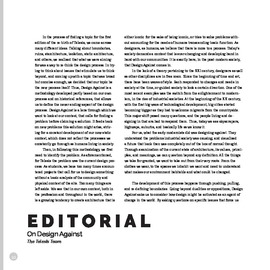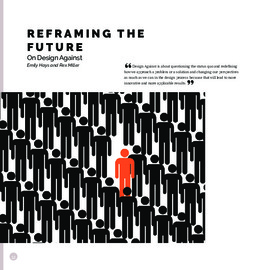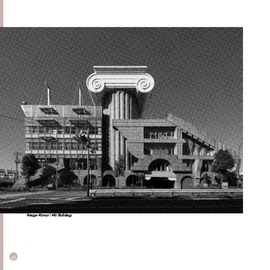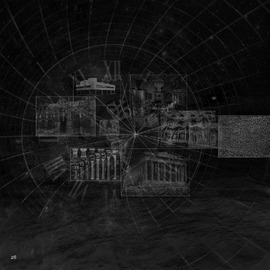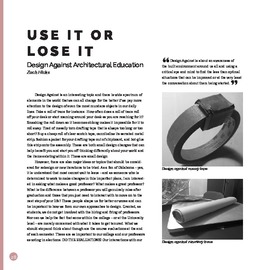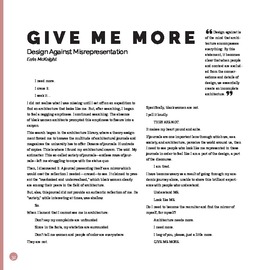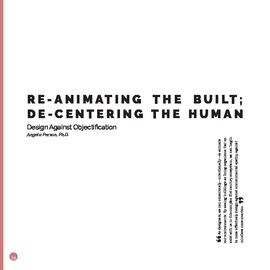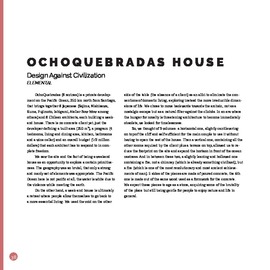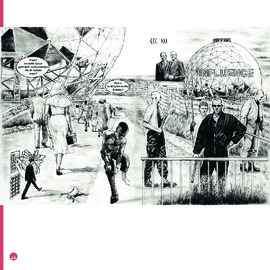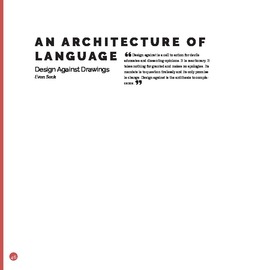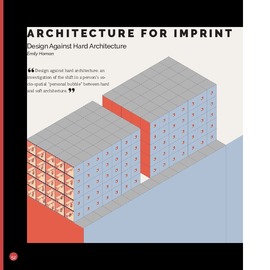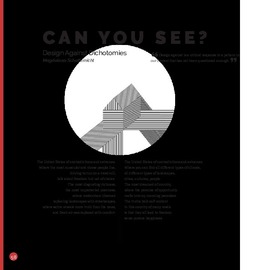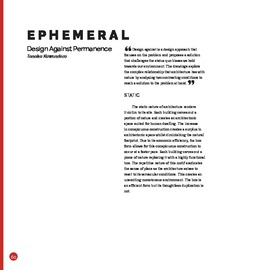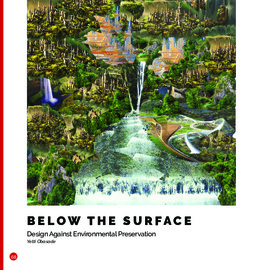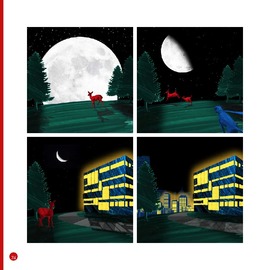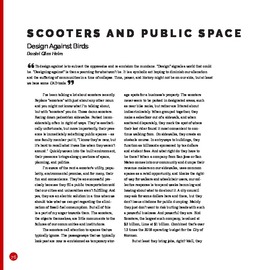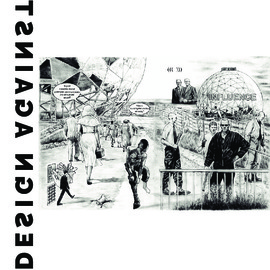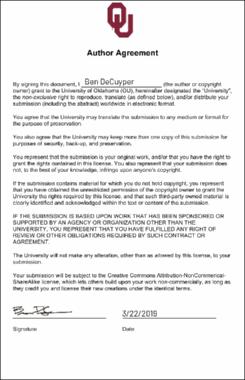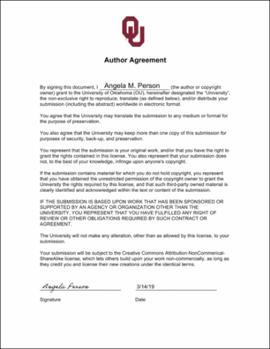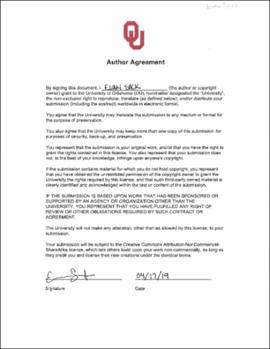| dc.contributor.author | Hays, Emily | |
| dc.contributor.author | Homan, Emily | |
| dc.contributor.author | Kawondera, Tanaka | |
| dc.contributor.author | Nava, Jose | |
| dc.contributor.author | Obasade, Yetti | |
| dc.contributor.author | Proietti, Tiziana | |
| dc.contributor.author | Sack, Evan | |
| dc.contributor.author | Schaffernicht, Magdalena | |
| dc.contributor.author | Miller, Rex | |
| dc.contributor.author | Studio ASYNCHROME | |
| dc.contributor.author | Decuyper, Ben | |
| dc.contributor.author | ELEMENTAL | |
| dc.contributor.author | Helm, Daniel Giles | |
| dc.contributor.author | Hicks, Zach | |
| dc.contributor.author | McKnight, Erin | |
| dc.contributor.author | Person, Angela | |
| dc.contributor.author | Powell, Haley | |
| dc.date.accessioned | 2019-08-15T17:40:06Z | |
| dc.date.available | 2019-08-15T17:40:06Z | |
| dc.date.issued | 2019 | |
| dc.identifier.uri | https://hdl.handle.net/11244/321139 | |
| dc.description.abstract | Front Matter: Telesis editor Emily Hays offers thanks to supporters, as well as an introduction to the issue. This section also includes the table of contents. | en_US |
| dc.description.abstract | Editorial: The Telesis editorial team offers their thoughts "On Design Against," related to pushing, pulling and re-defining boundaries. | en_US |
| dc.description.abstract | Interview: Telesis editor Emily Hays interviews consultant Rex Miller about mapping possibilities and adapting to future contexts. | en_US |
| dc.description.abstract | Pendulum: Ben Decuyper asks "How do we combat our trend of thinking in a pendulum-driven manner?" and suggests that architecture students view the discipline as one of constant change, rather than a series of pendulum swings. | en_US |
| dc.description.abstract | Timeless: Jose Nava encourages a sense of timelessness in the design process. | en_US |
| dc.description.abstract | Use It: Zach Hicks encourages students to acknowledge their own sense of agency in the process of architectural education. | en_US |
| dc.description.abstract | More: Errin McKnight describes how it feels to explore architecture journals in the library and not see Black women represented to a meaningful degree. | en_US |
| dc.description.abstract | Re-Animating: Angela Person asks how built environments might be designed if we understand them as living organisms that co-exist with humans. | en_US |
| dc.description.abstract | Ochpquebradas: Award-winning architecture firm ELEMENTAL describes a design proposal for a weekend home in Chile entitled the Ochoquebradas House. | en_US |
| dc.description.abstract | Equal: Studio Asynchrome describes the important of questioning how global influence is constructed, whether physically or digitally. | en_US |
| dc.description.abstract | Language: Evan Sack argues that, while drawings are representations of an architecture, writings can be used to generate an infinite architecture. | en_US |
| dc.description.abstract | Imprint: Emily Homan argues in favor of designing buildings with a permeability between the indoors and outdoors and the ability for humans to leave an imprint. | en_US |
| dc.description.abstract | See: Magdalena Schaffernicht contrasts an idealized version of the United States against an understanding of its complex shortcomings. | en_US |
| dc.description.abstract | Ephemeral: Tanaka Kawondera illustrates and describes a nurturing act of architecture that instills a sense of place in dialog with the environment. | en_US |
| dc.description.abstract | Surface: Yetti Obasade tells a story about Diamond, a woman who lives underground in order to survive on an otherwise uninhabitable Earth. For her, it's not a dystopia, but life as usual. | en_US |
| dc.description.abstract | Growing: Haley Powell offers an illustrated poem that encourages designers to think beyond a human-centered perspective and to integrate design with the needs of native species. | en_US |
| dc.description.abstract | Scooters: Daniel Giles Helm examines his response to the emergence of pay-by-the-ride scooters and asks how he can incorporate these feelings into his practice. | en_US |
| dc.language | en_US | en_US |
| dc.rights | Attribution-NonCommercial-ShareAlike 4.0 International | |
| dc.rights.uri | https://creativecommons.org/licenses/by-nc-sa/4.0/ | |
| dc.subject | acknowledgements | en_US |
| dc.subject | introduction | en_US |
| dc.subject | editorial | en_US |
| dc.subject | design | en_US |
| dc.subject | design against | en_US |
| dc.subject | bias | en_US |
| dc.subject | status quo | en_US |
| dc.subject | process | en_US |
| dc.subject | questioning | en_US |
| dc.subject | innovation | en_US |
| dc.subject | scenario planning | en_US |
| dc.subject | adaptation | en_US |
| dc.subject | consulting | en_US |
| dc.subject | pendulum | en_US |
| dc.subject | change | en_US |
| dc.subject | discourse | en_US |
| dc.subject | modernism | en_US |
| dc.subject | Postmodernism | en_US |
| dc.subject | timelessness | en_US |
| dc.subject | beauty | en_US |
| dc.subject | pedagogy | en_US |
| dc.subject | history | en_US |
| dc.subject | architecture | en_US |
| dc.subject | American School | en_US |
| dc.subject | Black | en_US |
| dc.subject | women | en_US |
| dc.subject | diversity | en_US |
| dc.subject | inclusion | en_US |
| dc.subject | co-production | en_US |
| dc.subject | Chile | en_US |
| dc.subject | dystopia | en_US |
| dc.subject | United States | en_US |
| dc.subject | climate change | en_US |
| dc.subject | infrastructure | en_US |
| dc.subject | ecosystem | en_US |
| dc.subject | labor | en_US |
| dc.subject | advertising | en_US |
| dc.title | Telesis 2019 | en_US |
| dc.type | Book | en_US |
| dc.description.peerreview | No | en_US |
| ou.group | Christopher C. Gibbs College of Architecture | en_US |


